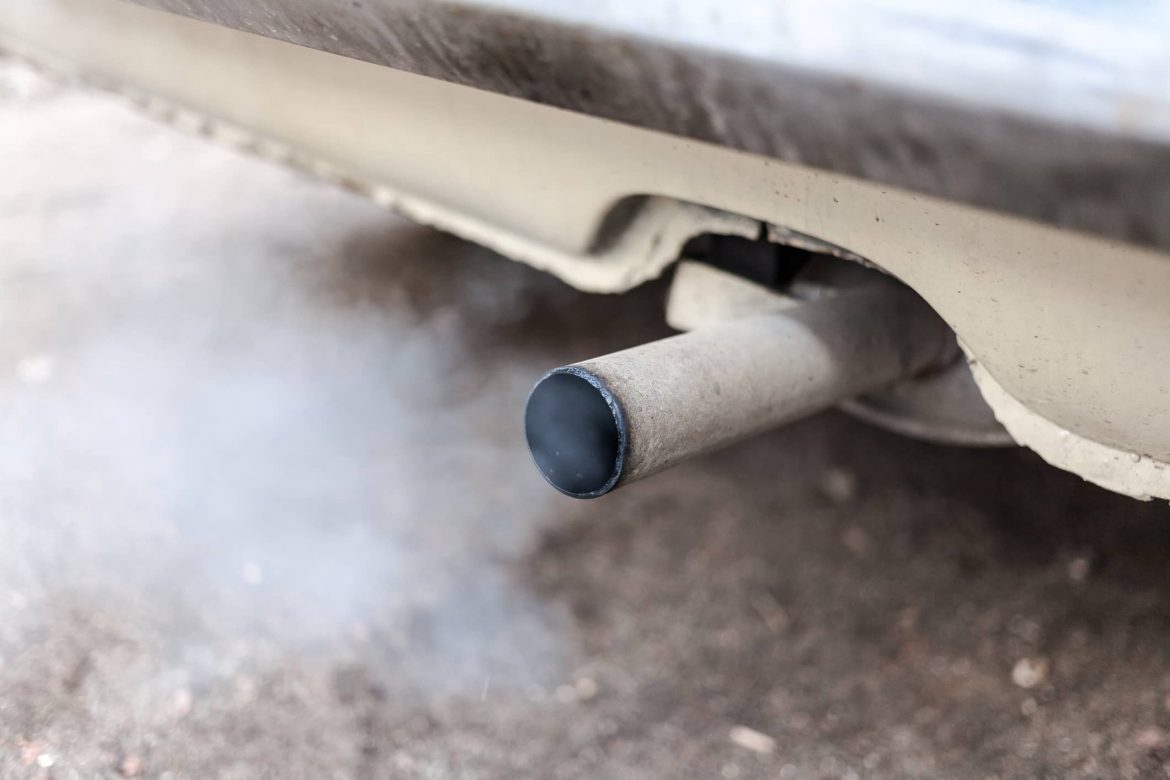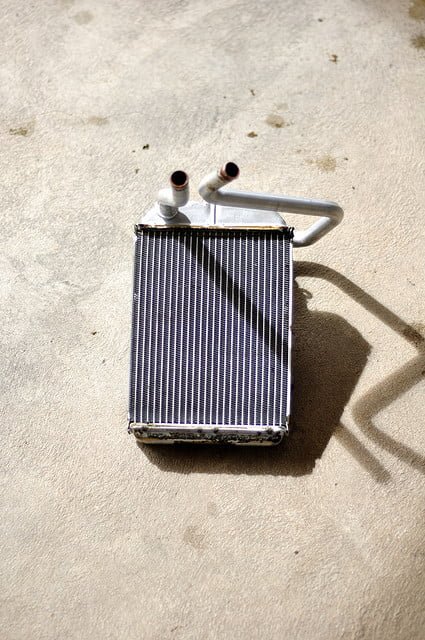For most people, a car is their second largest investment. It costs $20,000 or more new and generally requires a loan to purchase. Unlike the first largest investment, a home, the car is going to decline in value and eventually need to be replaced. That is why it is so important to do the proper car maintenance and repairs to keep your vehicle operating reliably as long as possible.
The cost of car maintenance is substantial, but it is well worth the cost to keep a car running and avoiding much larger repair costs. Most owners’ manuals include a car maintenance schedule that outlines exactly when a wide variety of inspections and replacements should be undertaken. Following these guidelines can save a lot of money by avoiding costly repairs.
The Singular Value of Oil Changes
Doing regular preventive maintenance extends the life of a vehicle, and nothing does that better than changing the oil regularly. If you do one thing (you should do them all, of course) for your car, change its oil as prescribed in the owner’s manual.
Oil change intervals can be from every 3,000 miles all the way up to every 10,000 miles, depending on the age and model of the vehicle. Some quick oil change centers attempt to convince customers they should change the oil every 3,000 miles and even incentivize them to do so, but it is wiser to follow the owner’s manual. Changing the oil more often than necessary does nothing but line the pockets of oil change company owners.
Oil changes are critical because oil moderates engine temperatures, reduces wear and tear, lubricates moving parts and helps prevent corrosion. Without motor oil, an automobile engine would cease operating, but not before burning up.
But oil is not the only important fluid in the vehicle, much less the only part that requires maintenance. Some maintenance should be undertaken regularly – even more often than oil changes.
Check Coolant Levels
Coolant keeps the engine … well, cool. Loss of coolant can lead to overheating and engine problems if left unchecked. Coolant levels should be observed visually every few fill-ups, and coolant should be added in a 50/50 mix of antifreeze and water if the level is low. (Most coolant these days comes pre-mixed, so read the directions on the container.)
Every five years or 100,000 miles, the radiator needs to be flushed to remove old, dirty fluid. Adding a bottle of BlueDevil Radiator Flush restores efficiency to vehicles by helping remove grease, rust, grime or any other build up that occurs during normal vehicle use. This specially formulated coolant flush works well in all vehicles, especially those with high mileage.
Check the Air Filter
Air is cleaned of debris as it flows through the air filter into the engine to mix with gas fumes and combust with a spark inside the engine. As it cleans the air flowing through, the air filter can quickly become dirty and ineffective. Checking it regularly maintains good air flow and allows the engine to function efficiently. Air filters are easy and inexpensive to replace when they get dirty.
Tire Tread and Rotation
Keeping tires inflated to their proper pressure is integral to the safe operation of the vehicle and good fuel economy. Pressure should be checked monthly and the tread should be inspected as the tires age.
How? With the help of Abraham Lincoln. Tires should be replaced when the tread is less than 2/32nds of an inch. Place a penny in the tire’s tread with Lincoln’s head facing you. If his entire head is visible, it is time to replace the tire.
Rotating tires every 5,000-8,000 miles helps maintain even wear and extend the life of the tires.
Put Transmission Fluid on Your Car Maintenance List
Transmission fluid keeps the gears turning much the way motor oil keeps the engine cranking. It needs to be changed every 30,000 to 60,000 miles, depending on a variety of factors, including whether the transmission is manual or automatic. Automatic transmissions run hotter and require more frequent fluid changes. Failing to change the transmission fluid can lead to costly transmission repair.
Inspecting and Replacing Spark Plugs
Spark plugs supply the explosion that ignites the fuel/air mixture in the engine and makes the vehicle go. Over time, spark plugs can become corroded, robbing the engine of power. Spark plugs should be checked during tune-ups and replaced whenever necessary.
Check That Serpentine Belt
The serpentine belt is the long, often twisted rubber belt that turns the alternator, power steering pump and air conditioner condenser. It becomes old and brittle over time and puts those ancillary functions at risk. The belt can be checked periodically in two ways: observing any cracks and by pressing on it. If it is loose or fraying, it should be replaced immediately.
Maintain Differential Fluid Level
The differential allows the wheels to spin at different rates so the car can turn. Lubricating oil keeps the differential cool, clean and functioning properly. A mechanic should change the fluid every 30,000 to 60,000 miles. This is a messy operation, and the fluid must be disposed of in an environmentally safe way, so many DIYers leave it for their licensed mechanics.
Check the Battery
The battery feeds the ignition when the car is started and runs very small items like the dashboard lights. When the battery fails, the car can’t start, so it is important to maintain. Keeping the terminals free of corrosion and rust extends their life, but batteries only last four or five years. Most owners’ manuals recommend changing the battery every 50,000 miles or so.
Give the Brakes a Break
The braking system has three parts that require periodic inspection: the pads, rotors and hydraulic fluid. The brake pads (sometimes called shoes) get squeezed against metal discs to create the braking action. The metal discs that stop the car are called rotors. This is a mechanical function that wears down both the pad and the rotor over time.
If the brakes feel soft or squeal, that is a sign they are wearing down or are running low on brake fluid. When water gets into the hydraulic system that engages the brakes, they don’t work as well and must be bled of old fluid and re-filled. The intervals for changing braking fluid vary widely by make and model, from every 20,000 to every 45,000 miles.
Power Steering Fluid
Without power steering, cars would require more muscle than most people have to steer and turn. You can relive the good old days of manual steering by neglecting the power steering fluid. Most cars require the fluid to be changed every 75,000 miles or so.
Inspect the Hoses
When the car approaches 100,000 miles, it’s a good time to check all the hoses that carry coolant, power steering fluid, air cooled by the air conditioning, and more. They often last the life of the car, but should be checked at this time because a busted hose means leakage and loss of fluid.
The Big One: The Timing Belt
The timing belt or chain keeps the engine valves opening and closing in the proper order and intervals and contributes to the smooth functioning of the engine. A failed belt can lead to catastrophic engine damage costing thousands of dollars, not to mention leaving the vehicle’s occupants stranded. Timing belts last roughly 120,000 miles and need to be replaced before that as a preventative maintenance measure.
Most owners’ manuals recommend their replacement during the 100,000-mile checkup. Given the high labor costs involved in this $500-$800 service, mechanics will usually recommend other parts be replaced at the same time.
Some vehicles employ a metal timing chain that can outlast the vehicle itself but is even more expensive to replace if it fails. Because timing chain replacement costs more than $1,000 and they provide warning signs prior to failure – noise, engine misfiring or vibration, and difficulty starting the vehicle – they are generally only replaced when necessary.
If all that seems like a lot to keep track of, there is an easy way to take care of it all: simply follow the owners’ manual guidelines and bring the car in for regular checkups at recommended intervals. The expenditure of a few hundred dollars here and there for car maintenance will prevent many thousands of dollars of repairs and keep the vehicle running properly longer. Automobiles these days regularly provide more than a decade of venerable service to their owners – at least those owners who care for them.
BlueDevil Products can be found at AutoZone, Advance Auto Parts, O’Reilly Auto Parts, NAPA, Parts Authority, Auto Value, Bumper to Bumper and other major auto parts retailers.
BlueDevil Products can be found on Amazon.com or at AutoZone, Advance Auto Parts, O’Reilly Auto Parts, NAPA, and other major auto parts retailers.
Related Articles
Search Blog
Subscribe
Blog Categories



